Today’s guest writer is Claudia Oddo, a New Yorker living in and blogging from Valencia, Spain.
After living for a year in Valencia, I understand why it’s so popular among locals. Spain’s third-largest city boats delicious cuisine, perfect weather and an exhilarating festival. I hope my top 5 attractions encourage you to experience and fall in love with this enchanting Mediterranean city.
1. The birthplace of Paella
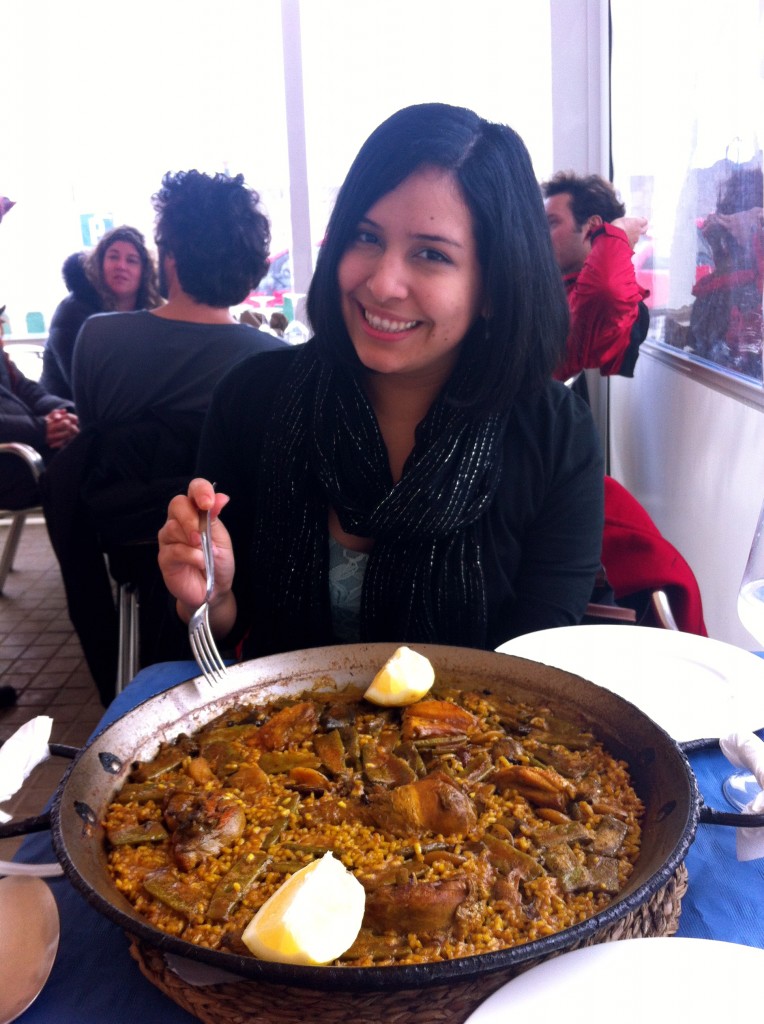
Spain is to thank for many of the world’s tastiest dishes, including paella. Typical Valencian paella consists of white rice, green vegetables, meats that range from chicken and rabbit to snails or seafood, beans and seasoning. Many proud Valencianos say that these are the only required ingredients in a paella, and anything else is just ‘rice with other things’.
Since Valencia is the birthplace of paella, the bar is set high. Paella was created in the small village of El Palmar/Albufera, which is a 30-minute bus ride from the city center. With a reputation for having the best paella, it sees a steady stream of tourists and locals who indulge in the delicious regional cuisine for lunch.
Based on several visits to El Palmar/Albufera, I recommend going during the lunch hours of 2-5 pm and eating at Restaurant El Sequer de Tonica. Their lunch menu includes delicious tapas and desserts, aside from the mouth-watering paella. There is simply nothing better than to experience a dish in its birthplace.
2. Turia River Park
Locals call this innovative park “el rio” (the river), which can confuse non-natives who expect to find an actual waterway. Turia River Park was once a river and brought a disastrous flood in the late 1950s. As a result, the river was converted into a park that cuts through the center of Valencia.
Turia River Park now contains beautifully cut gardens, charming fountains, bike lanes, soccer fields, lovely bridges and gorgeous views. Perfect for picnics, sports, running, and strolls to the City of Arts and Science, this picturesque park puts New York’s Central Park to shame.
3. The Fallas Festival
An entire article can be written about this thrilling, traditional Valencian festival. Unlike the well-known La Tomatina (tomato-throwing festival) that was even copied in Brooklyn last summer, Fallas is less familiar outside of Europe. The festival begins in March, marking the beginning of spring, and technically lasts for 5 days (although celebrations tend to span the full month). Even schools and businesses close for the festivities.
Each neighborhood has Falla houses (think of competing, Game of Thrones-style dynasties) that compete by building their own “falla” (effigy), which is usually a political pun or gag. The houses compete in different leagues, and on the last night of this lively festival, known as ‘La Crema’ (burning night), all but one effigy are destroyed. The surviving falla is called a “ninot” (small falla), and is officially pardoned. On this night, the entire city is on fire– literally and figuratively– as revelers enjoy music, parties, food, drinks and dancing in the streets.
Other Falla events take place throughout the month, such as the “masceltas” (a firework/explosive sound show that happens every day at 2 pm in Plaza del Ayuntamiento for 15-20 minutes), weekend fireworks at night, paella cook-offs, light shows, beauty-pageants, bullfights, “La Ofrenda” (where falleros give roses to the Virgin Mary), tent-discos, and much more. This fiesta is definitely worth experiencing at least once in your life—but don’t expect to get any sleep!
4. City of Arts and Science
The futuristic, architectural beauty of La Ciudad de los Artes y las Ciencias makes it a must on any top-5 list. Located at the end of Turia River Park, this ‘city’ holds several rich cultural activities that are perfect for science, art and music lovers.
The City of Arts and Science includes buildings such as L’Hemisfèric (which represents a human eye), an IMAX Cinema, El Museu de les Ciències Príncipe Felipe (an interactive museum of science), L’Oceanogràfic (the largest oceanographic aquarium in Europe) and El Palau de les Arts Reina Sofia (a performance center for opera and music).
At night, a 3-level disco club called Mya/Umbracle draws a youthful crowd of partiers with its beautiful views and top-40 pop and house music blasting throughout the night. Warning! Unless you add yourself to an online student list, entry can range from 10-15 Euros, and that doesn’t include the New York City-priced cocktails.
5. Horchata (“Orxata” in Valencian dialect)
Not to be confused with horchata from Mexico or South America, the Spanish version of this popular drink originated in Valencia. It is refreshing healthy, served cool and made with tiger nuts (a plant called cyperus esculentus), water, and sugar.
My favorite horchata is served half ‘granizado’ (like a Slush Puppie) and half liquid, accompanied by “fartons” (a sweet bread pastry) that is meant to be dipped into the drink. The pastry compliments the taste of the horchata and quickly becomes addictive.
This drink is perfect for sipping by the shore on a long summer day, or by a farmhouse next to where the tiger nuts are cultivated. The village of Alboraia is where the tiger nuts are grown, and is the best place to have a good-quality horchata. Horchateria Vida is a local family-run farmhouse horchata spot that has been around since 1880. It is accessible by car, bike, or even a metro ride followed by a short walk.
Sipping this scrumptious drink in the hot sun with the sounds of local farm animals, and away from the city center, guarantees a relaxing afternoon. But if you happen to be in Valencia’s city center, one of the most famous places to try this beverage is Horchateria el Siglo by Plaza de la Reina.
Other Attractions
A top 5 list can’t contain all of Valencia’s attractions. Don’t miss the Old City Center with it’s cobblestone streets and rich history; the El Carmen neighborhood for delicious tapas, wine, creative street art, and vivacious night life; Malvarossa beach for its clear water and seaside cafes; the bohemian neighborhood of Benimaclet for local music and art shows; the Central Market, which holds some of the best fresh produce and is a perfect way to mingle with locals, and much more! Valencia is the perfect place to experience the Mediterranean feel of coast Spain.
About the Writer
Claudia Oddo, 22, was born with a passion for travel and loves to explore foreign cultures. She hails from Brooklyn, New York and now calls Valencia home.
Follow Claudia’s adventures at NewYorkerAbroad.com.
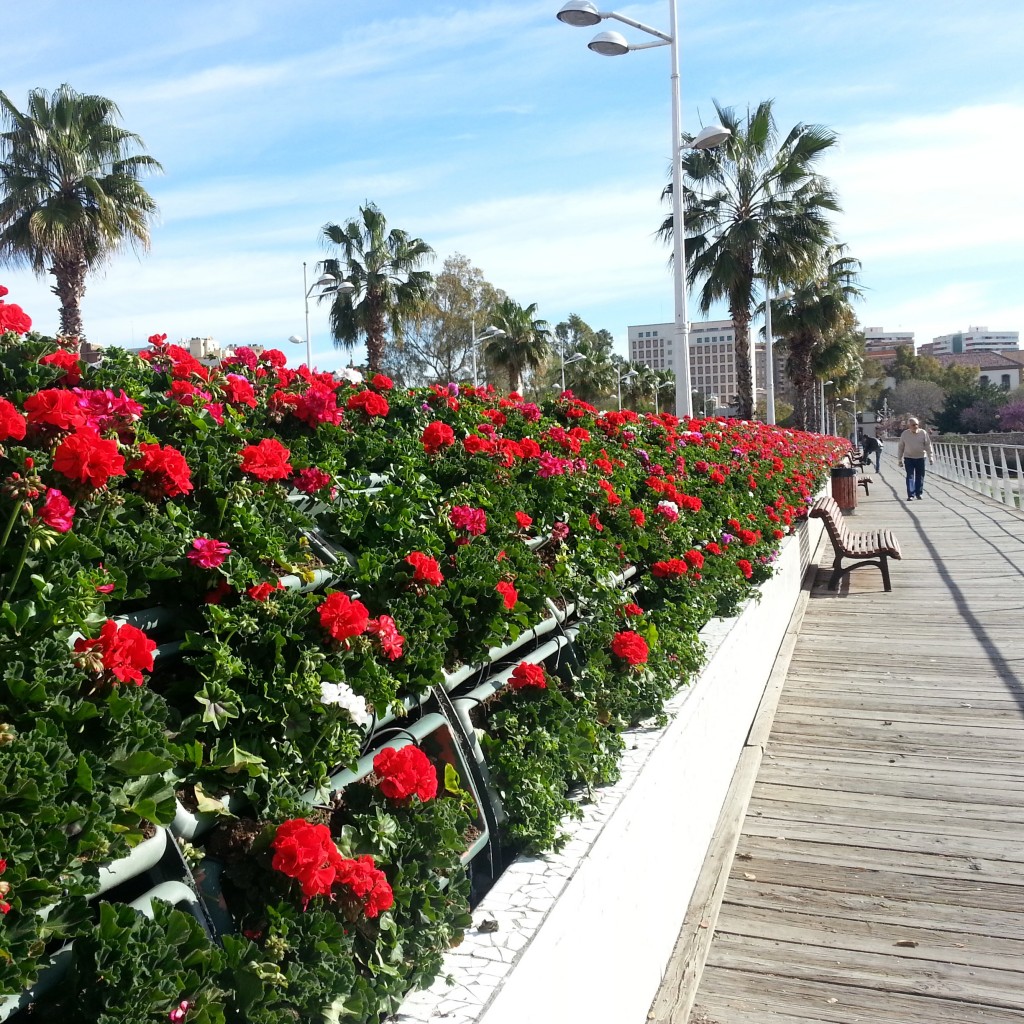

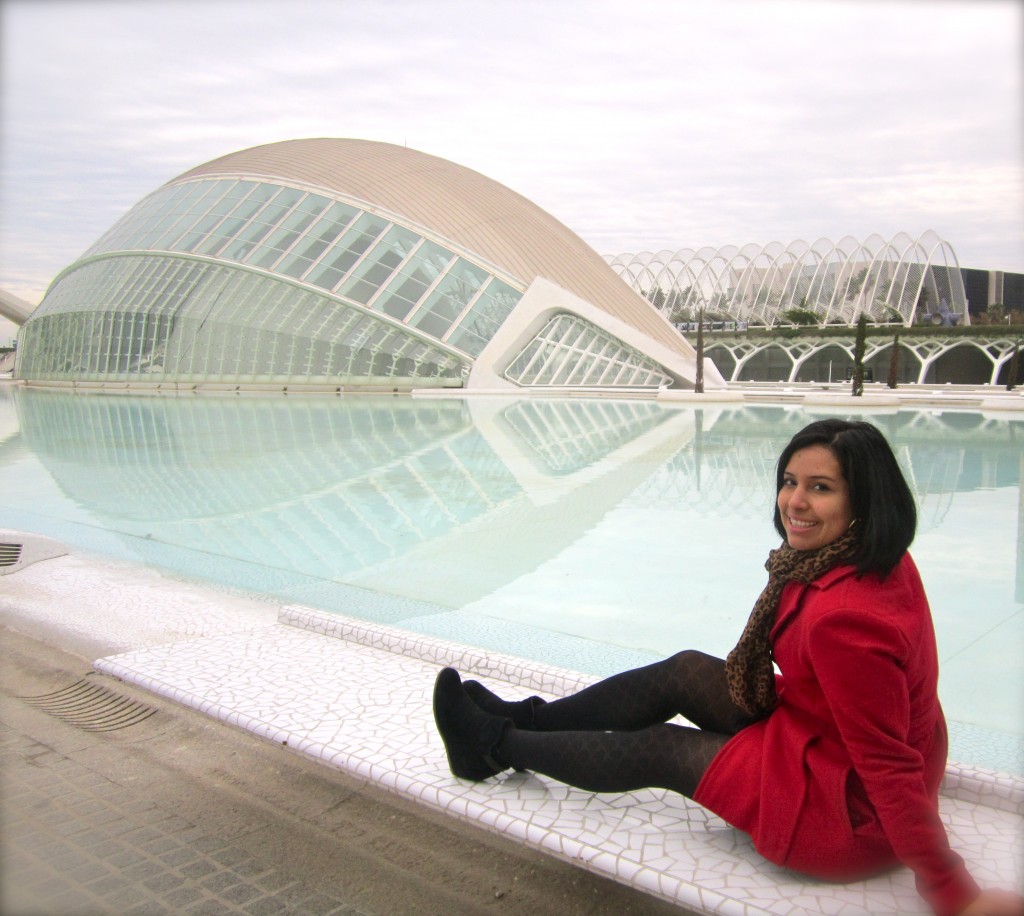


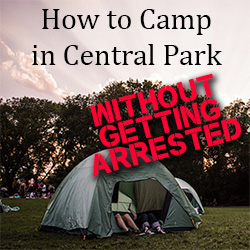









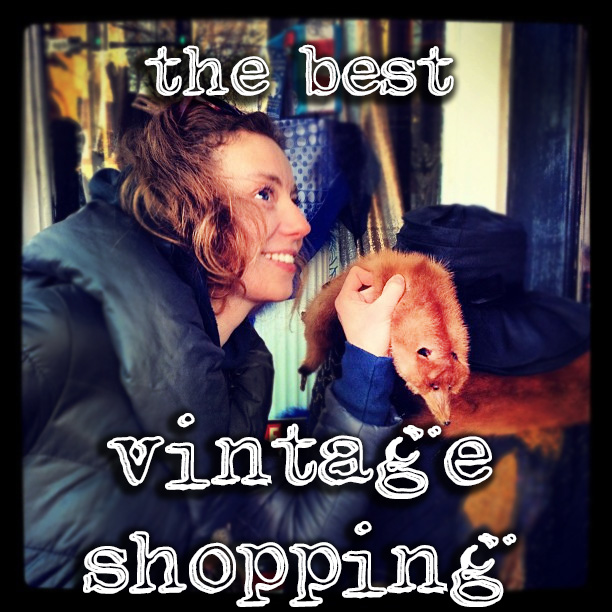




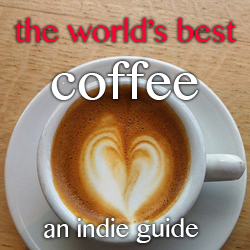

I love your photos!
Beautiful pictures…and I LOVE paella. Nice to know where it originated from!
I knew The City Of Arts And Sciences had a lot of attractions under its roof, but a nightclub on top of all of it? Just outstanding!
Just discovered your blog. Spain one of my favorite countries. I’ve never been to Valencia but have heard great things. You’ve now confirmed that I need to go.